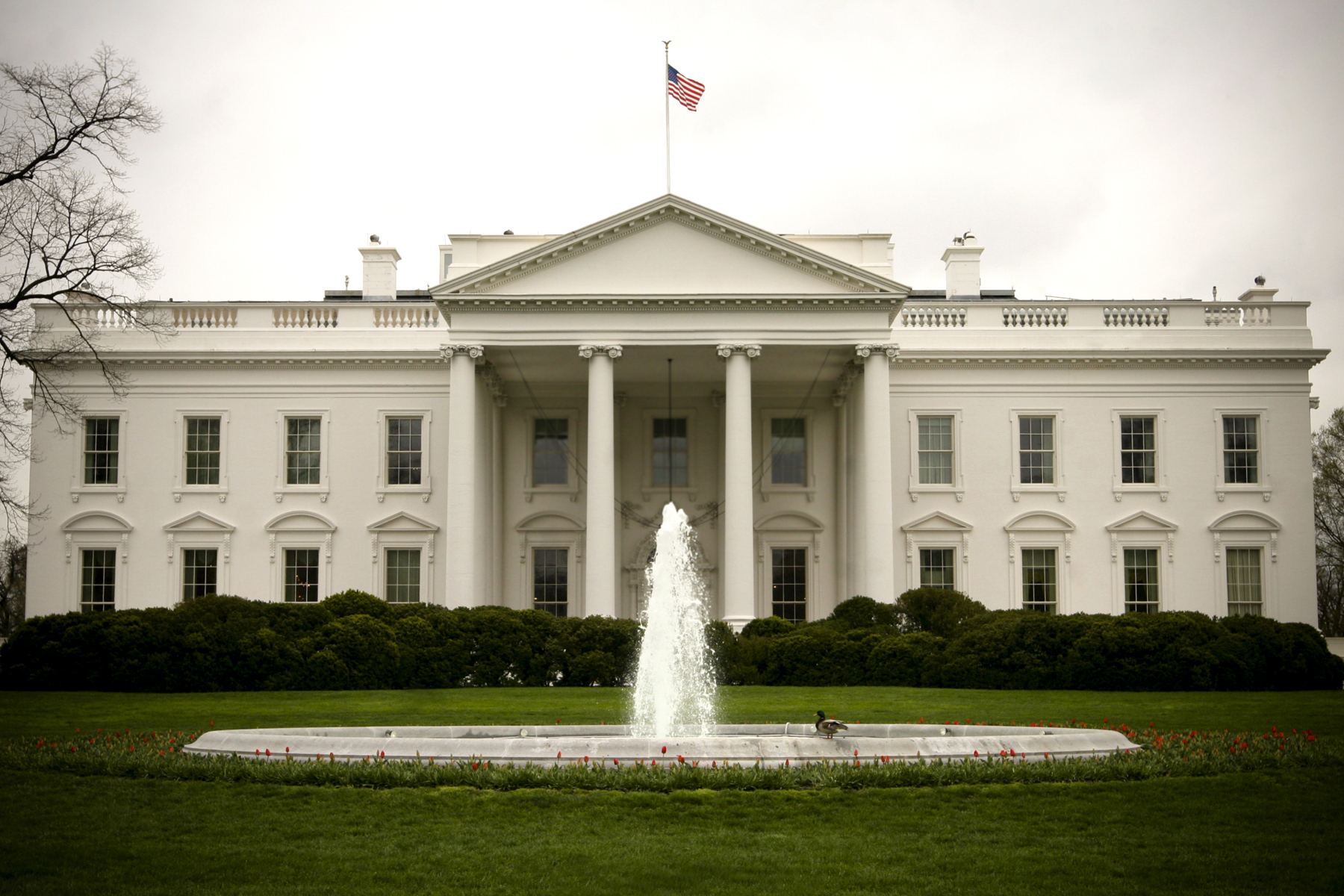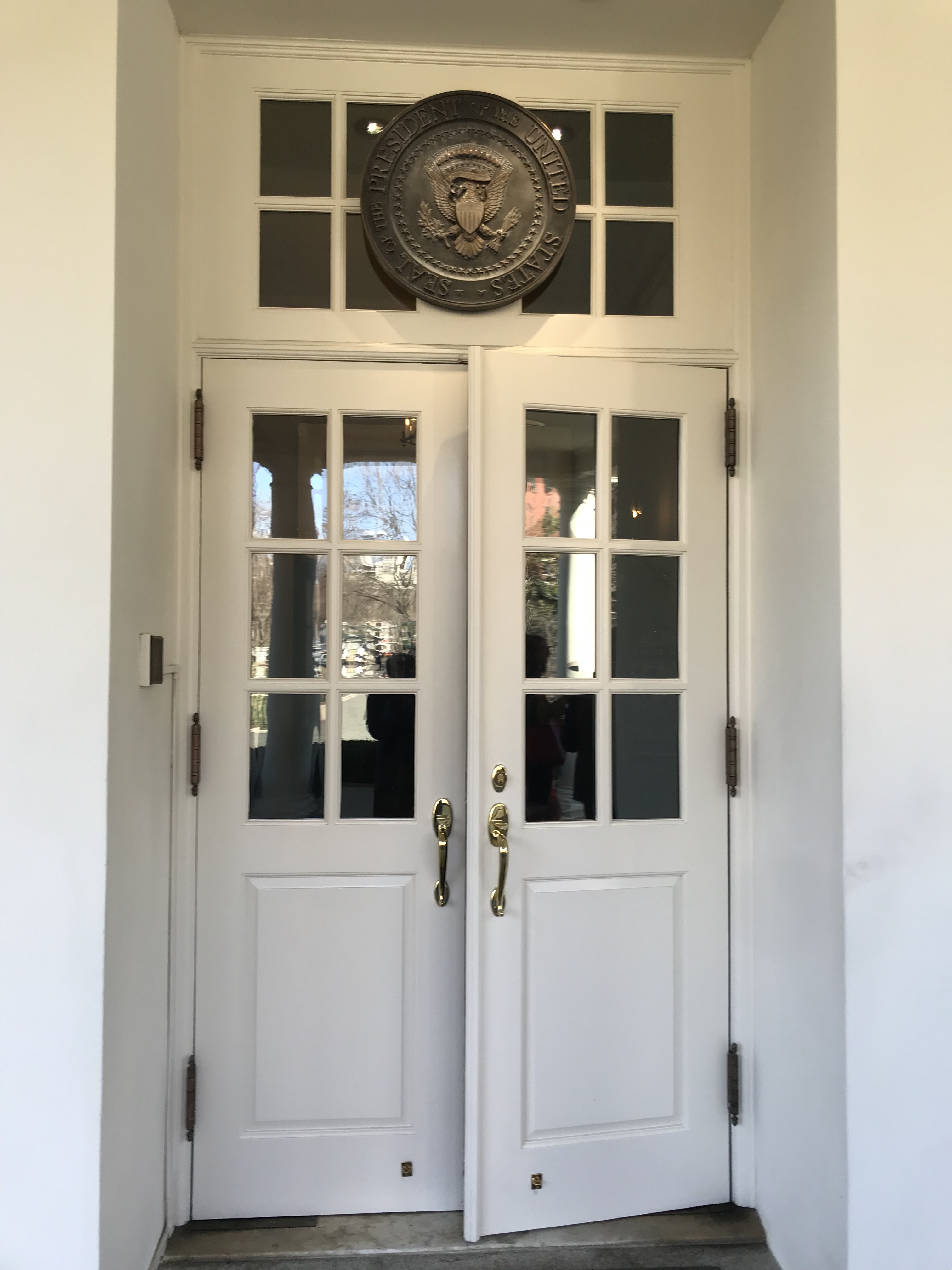
Last month, PatientsLikeMe’s Sally Okun, VP of Policy & Ethics, was invited to the White House to attend a small executive discussion. The topic? Making the electronic health record (EHRs) experience more patient-centric and accessible, and the importance of “healthcare data interoperability” — the idea that different electronic health record systems should work together in an information network. Read on for Sally’s recap of the day and what came out of it: the MyHealthEData Initiative.

The topic for the meeting focused on electronic health records (EHRs) and interoperability, with specific attention to privacy and data protection. Joining me around the long wooden table in the suitably decorous room were eleven other invited “innovators” and our hosts: Seema Verma, who heads the Centers for Medicare and Medicaid Service (CMS), Don Rucker, the National Coordinator for Health Information Technology, and Chris Liddell, Senior Advisor to the President and Director of Strategic Initiatives.
The discussion started with our hosts giving their perspective on the need to ensure patients and their providers have access to needed health information. We then went around the table for introductions and we were given 2-3 minutes to offer comments on the topic.
“For the most part there was widespread agreement that patients need and want to have control of their health data and that there is a willingness to accept some risk to privacy for a meaningful health record accessible to them and their providers.”
Here’s a recap of my 2-3 minute megaphone moment in response to the questions we were asked to consider:
How important is interoperability to you and why?
All interoperability is good if the end goal is to enable access to data easily. As a patient/consumer I expect that all information/data about me and my health should be accessible to me and those I choose to share it with. To that end, it’s essential that data is where it needs to be when it is needed across all providers and settings of care — which includes me and my family caregivers as “providers” and my home as a “setting of care.”
What have been the main barriers and how might we overcome them?
Our current EHRs focus on billing and administrative functions. There is very little in the EHR functionality designed to drive care decisions and improve health outcomes for patients.
Vendors have not only created systems with little relevance to patient-centricity, they have actually “dumbed-down” the entire patient relationship with their health data in patient portals which, for the most part, offer little or no insight into one’s health.
Despite the fact that most of us spend the majority of our time outside of the clinical space the incentives to build EHR systems has focused on hospitals and physician offices. No incentives or money were allocated to create systems that could connect with other settings of care such as our homes, long-term care, mental health services and community-based service providers.
What approaches do you recommend to provide maximum benefit to the patient?
After almost a decade and billions of dollars spent on health information technology, neither providers nor patients have access to a longitudinal health record. We need space and resources for innovators to enter the marketplace to drive solutions. There’s no lack of technological expertise and creativity, but much of this is not inside the walls of our traditional health systems, and the current EHR vendors have no incentives to “rebuild” or “unbuild” their current systems to be patient-centric and patient-controlled.
The Centers for Medicare and Medicaid Service is in a position to realign and leverage their considerable resources to support creating new solutions that bring personal health data into the 21st century for improving health and wellbeing.

(Alas, I have no pictures other than the entry doors into the West Wing because all electronic devices were placed in lockers in the West Wing lobby.)
In the days following this meeting, the White House announced the launch of the MyHealthEData Initiative to enable a system in which patients have control of their data and can be assured it will follow them to each of their healthcare providers.
It is always a privilege for me to represent PatientsLikeMe and to ensure our members have a voice at many tables — including one at the White House. I am especially pleased to see that the MyHealtheData Initiative aligns with the patient first perspective I delivered on behalf of the PatientsLikeMe community in the Roosevelt Room of the White House just a few days before.
Want to learn more about raising the patient voice? Join PatientsLikeMe today to connect with more than 600,000 members living with health conditions!
 Share this post on Twitter and help spread the word.
Share this post on Twitter and help spread the word.
